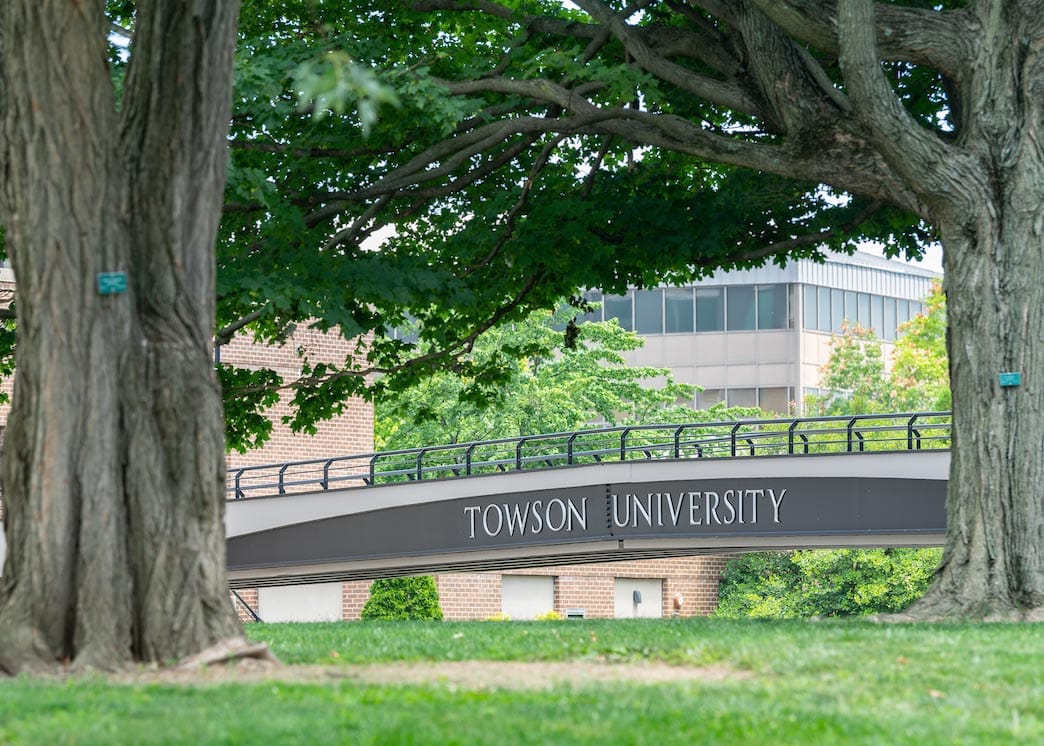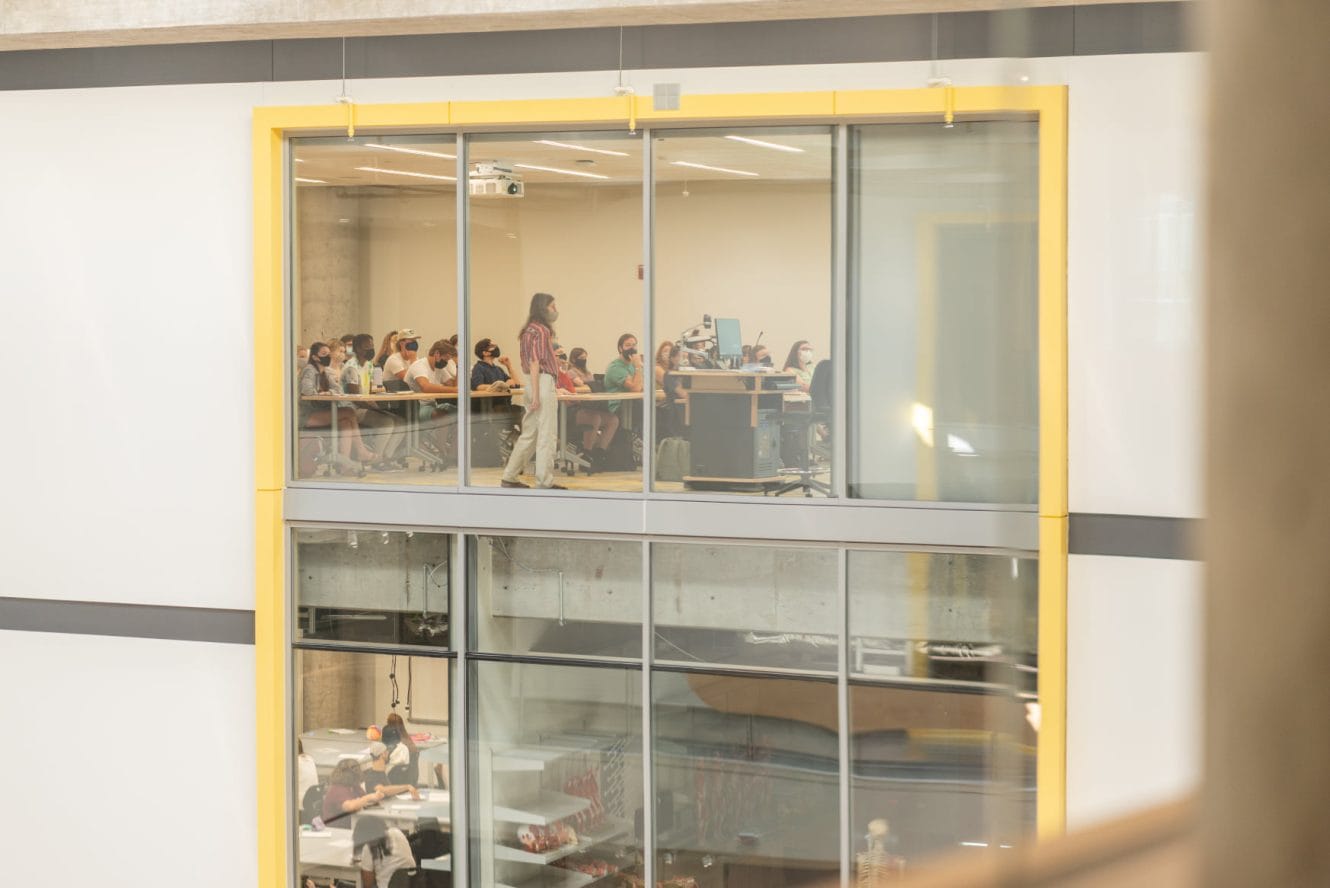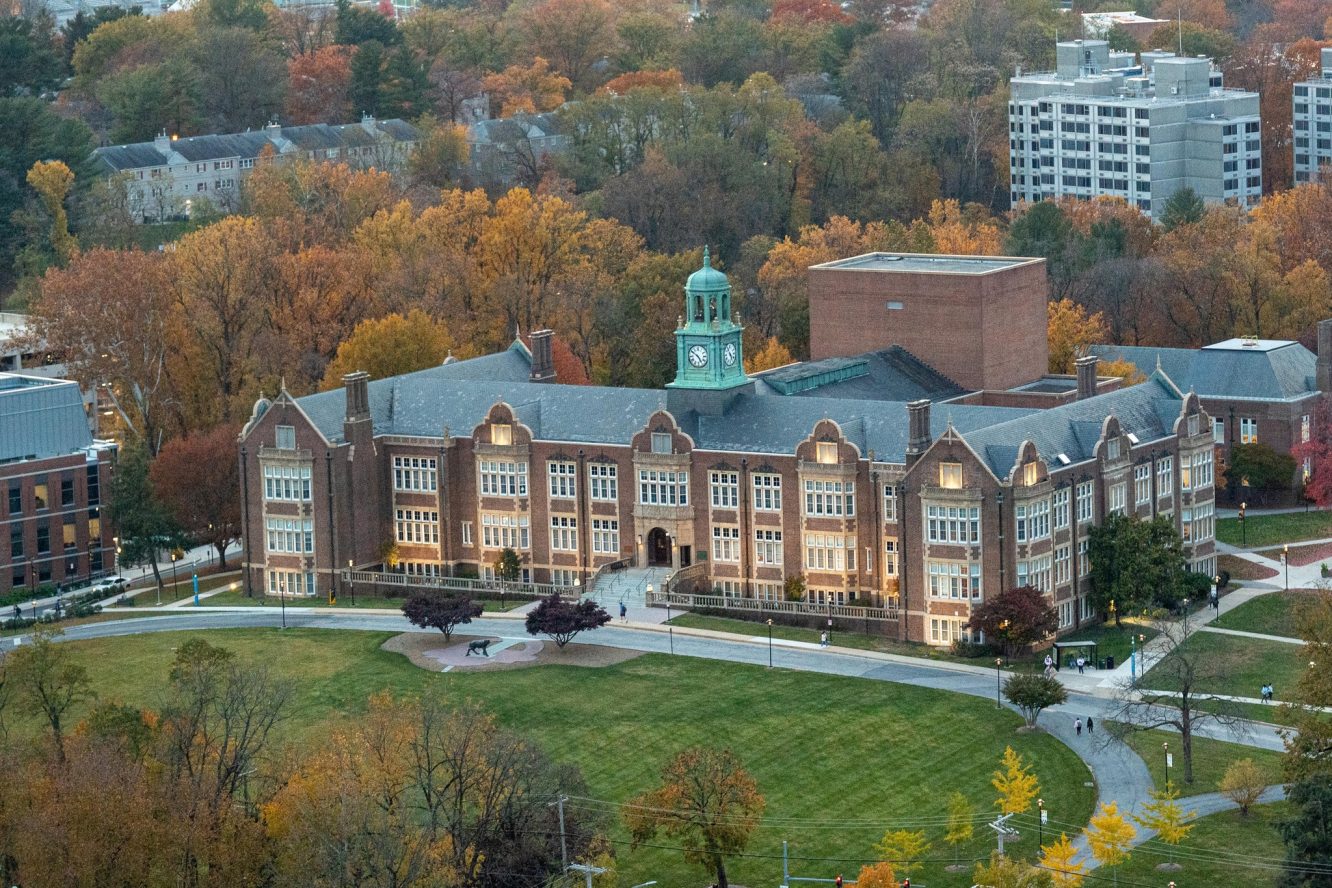Towson University
Towson, Maryland
Towson blends the feel of a residential campus with the reach of a major public university. Students learn in small, discussion-driven classes and then step into the Baltimore–Washington corridor for internships, research, and service that make coursework real. The combination is big on access and practical about outcomes.
With 110+ undergraduate options across seven colleges, TU is large enough to open doors yet personal enough to know your name. A small student-faculty ratio keeps instruction close, while the campus location puts employers, hospitals, schools, agencies, and creative studios within a short drive.
Get to know Towson University
College Highlights
Hands-on learning is built into the curriculum from the first year. Courses and programs fold in internships, labs, studios, simulations, practicum hours, and community projects so students practice their craft in authentic settings and graduate with a portfolio of work, not just a transcript. TU’s Career Center reinforces this with advising, Handshake access, and structured pathways for internships in fall, spring, or summer.
Examples cut across majors. Honors students can earn credit for Experiential & Advanced Learning through options like independent study, internships, directed readings, thesis work, and approved service-learning courses. Health and nursing programs use high-touch simulation and clinical placements; sport management majors draw on internship sites across Baltimore, Washington, D.C., and Philadelphia; Family & Human Services integrates a continuum of field experiences throughout the sequence.
ENROLLMENT BY ETHNICITY
Non-U.S. Citizen: 2%
Hispanic/Latine: 10%
Black or African American, non-Hispanic: 30%
White, non-Hispanic: 42%
Native/Indigenous American or Alaska Native, non-Hispanic: 0%
Asian, non-Hispanic: 7%
Native Hawaiian or other Pacific Islander, non-Hispanic: 0%
Two or more races, non-Hispanic: 5%
Race and/or ethnicity unknown: 3%
Towson keeps teaching close to the ground: small classes, instructors who know students by name, and assignments that look like the work graduates will do off campus. Methods courses run alongside real placements in local schools; nursing and health programs pair simulations with guided debriefs that sharpen clinical judgment; studio, lab, and newsroom courses ask students to pitch, build, and revise until the work holds up to public scrutiny. Feedback is fast and specific, so students learn how to present ideas, document process, and collaborate across disciplines.
That same approach scales as students advance. Upper-division seminars and capstones weave research, data, design, and writing into projects for actual clients and community partners in the Baltimore–Washington corridor. Faculty mentorship through proposal reviews, portfolio critiques, and mock interviews stays part of the rhythm, helping students connect coursework to internships and, eventually, job offers or graduate study.
Campus life is busy and welcoming. With 200–250+ student organizations, students can plug into cultural groups, media and arts orgs, club sports, academic societies, and service teams. They can even start something new through the Center for Student Involvement. NCAA Division I athletics and campus traditions add momentum to the week.
The setting does heavy lifting, too! Towson sits just north of Baltimore, close to museums, hospitals, schools, nonprofits, tech firms, and government agencies. That proximity turns weekends and free afternoons into résumé time—networking events one day, a gallery or internship interview the next—while still keeping a classic residential campus at the center.
Career prep at Towson is steady and practical. The Career Center builds skills across all four years through coaching, résumé and interview prep, networking, and employer events. The school’s Handshake platform also keeps a live pipeline of internships and entry-level roles. Many students turn practicum sites and semester internships into offers because the process is intentional: find a role, get coached, get feedback, try again, level up.
TU also tracks outcomes every year through its First Destination reporting, and designs programming accordingly. Internships are available during fall, spring, or summer (on campus, across Baltimore–Washington, and even abroad), and the university’s partnerships office helps connect academic work with regional employers and community organizations. The net effect is a résumé with real projects and references as well as a network that starts close to campus and extends across the Mid-Atlantic.
Admission
TEST SCORES
Optional
FRESHMAN PROFILE
SAT Evidence-Based Reading and Writing
25th Percentile: 540 | 75th Percentile: 650
SAT Math
25th Percentile: 510 | 75th Percentile: 620
ACT Composite
25th Percentile: 19 | 75th Percentile: 28
ACT Math
25th Percentile: 17 | 75th Percentile: 26
ACT English
25th Percentile: 20 | 75th Percentile: 27
Tuition & Cost
Tuition (in-state): $7,382
Tuition (out-of-state): $24,402
Fees: $3,924
Room: $8,214
Board: $7,000
Contact Towson University
Contact Admissions
towson.edu/admissions
(410) 704-2113
admissions@towson.edu
Campus Location
8000 York Road
Towson, MD 21252




